Lessons from the Loʻi
Heʻeia, O‘ahu, Hawai‘i
Traditional Native Hawaiian land management practices developed deceptively simple, naturalized biocultural technologies. This project investigates the terraforming system known as loʻi wai (stormwater redistribution system.) The loʻi wai irrigated loʻi kalo (taro pond fields), which supported large-scale food forests, enhanced watershed performance, created synanthropic ecosystems, and connected people to each other and their local natural resources.
Kuauna, earthen embankments, facilited the organization and dispersal of stormwater, wai, throughout the loʻi wai system. Additionally, kuauna provided crop windbreaks, expanded growing areas, and connected communities.
Today, ca. 90% of Hawaiʻi’s consumable goods are imported and only approx. 400 acres of loʻi kalo systems remain statewide. Climate change is projected to increase severe stormwater events and native habitat degradation. Hawaiʻiʻs urbanization decreases opportunities for groundwater recharge. This applied design research project investigates the multifaceted ways in which loʻi wai and kuauna can be interpreted to improve Hawaiʻiʻs climate change resilience.
This project was inspired by and a beneficiary of the stewardship and ʻike kūpuna of Kākoʻo ʻŌiwi, a non-profit organization that manages 405 acres of wetland in Heʻeia.
Spring 2021 - ARCH 764
Capstone Studio: Research & Design
Capstone committee: Judith Stilgenbauer (chair), Phoebe White, Priyam Das
Capstone Studio: Research & Design
Capstone committee: Judith Stilgenbauer (chair), Phoebe White, Priyam Das
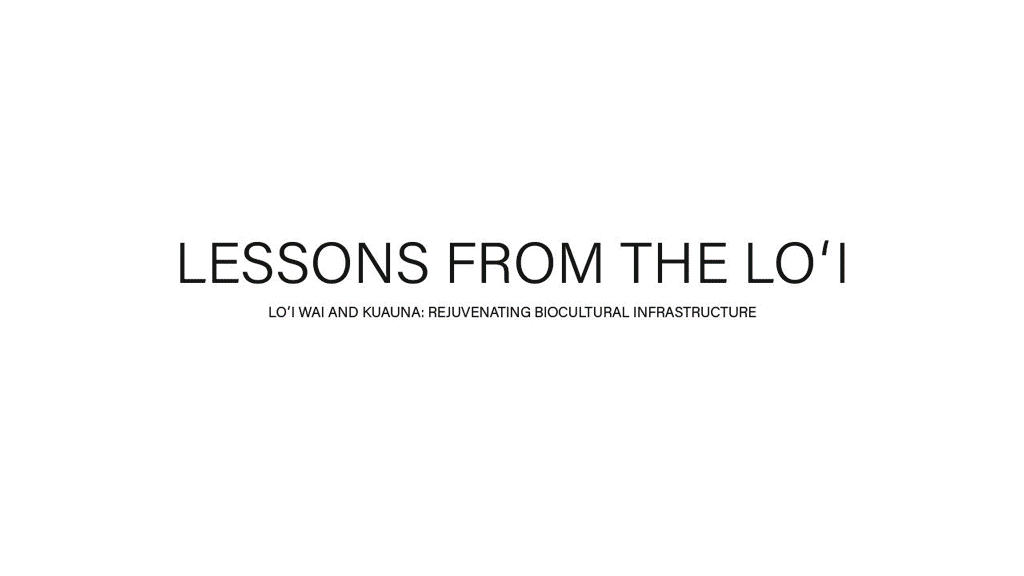





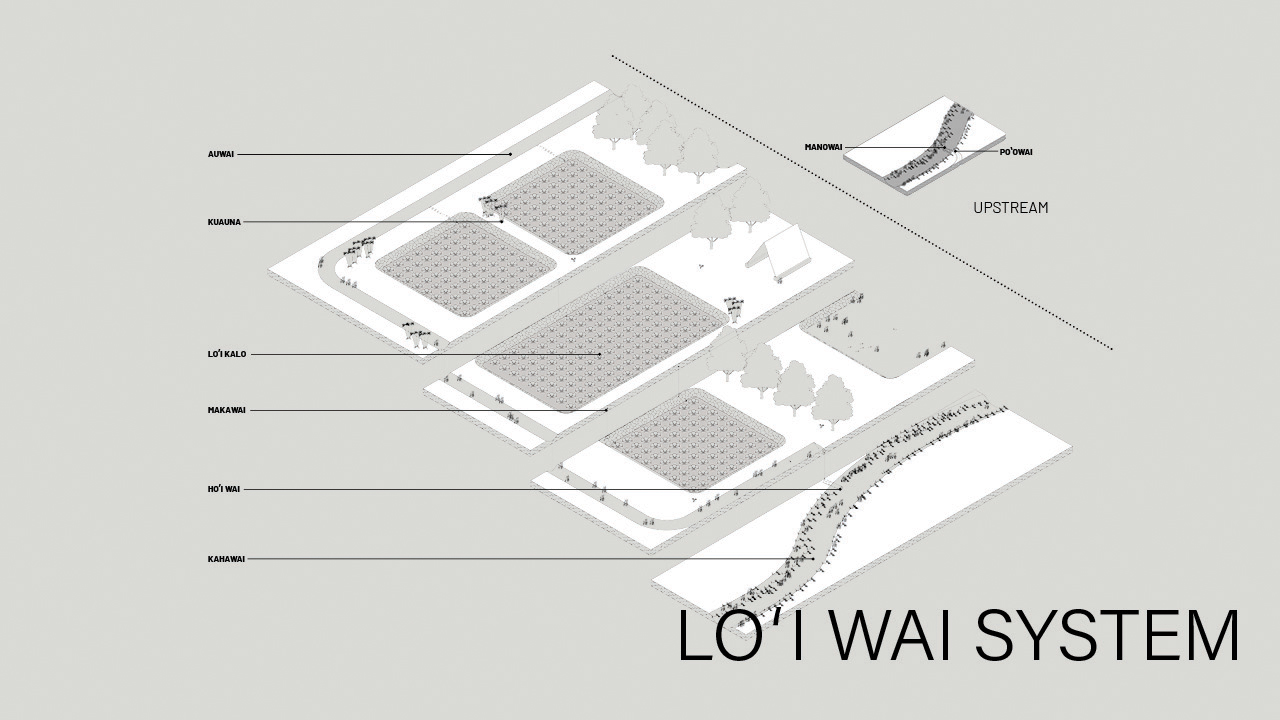


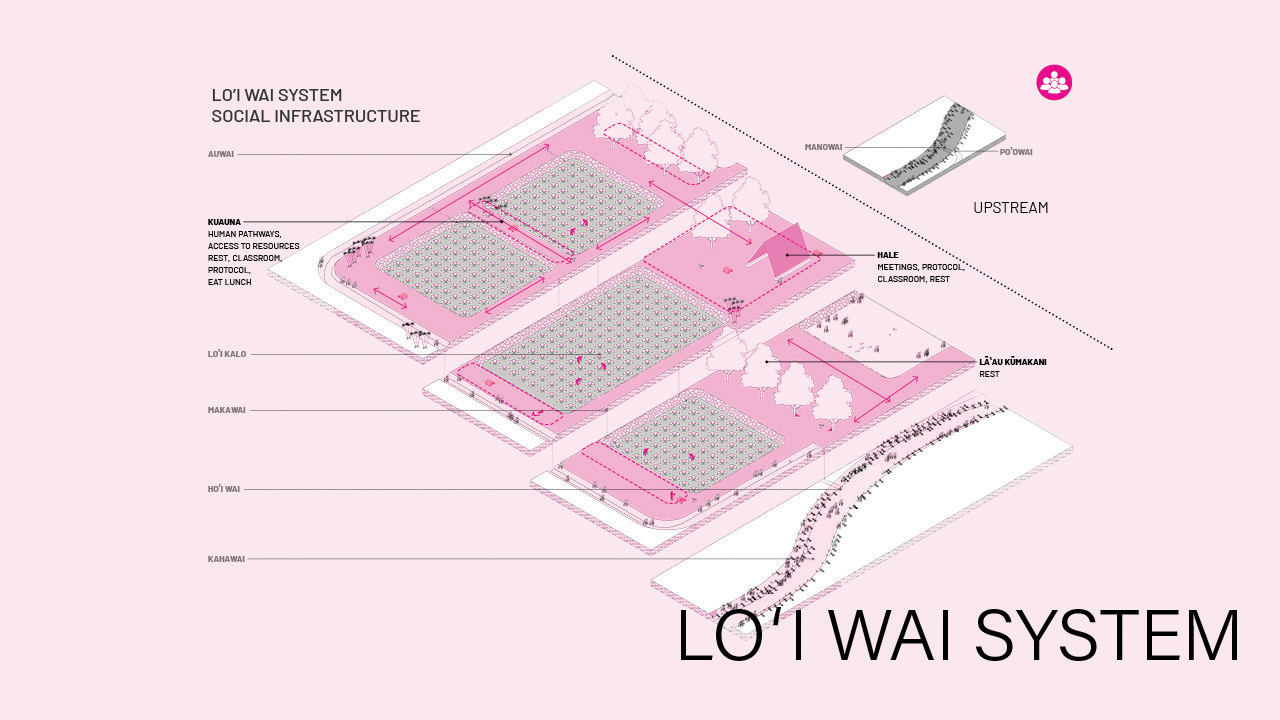
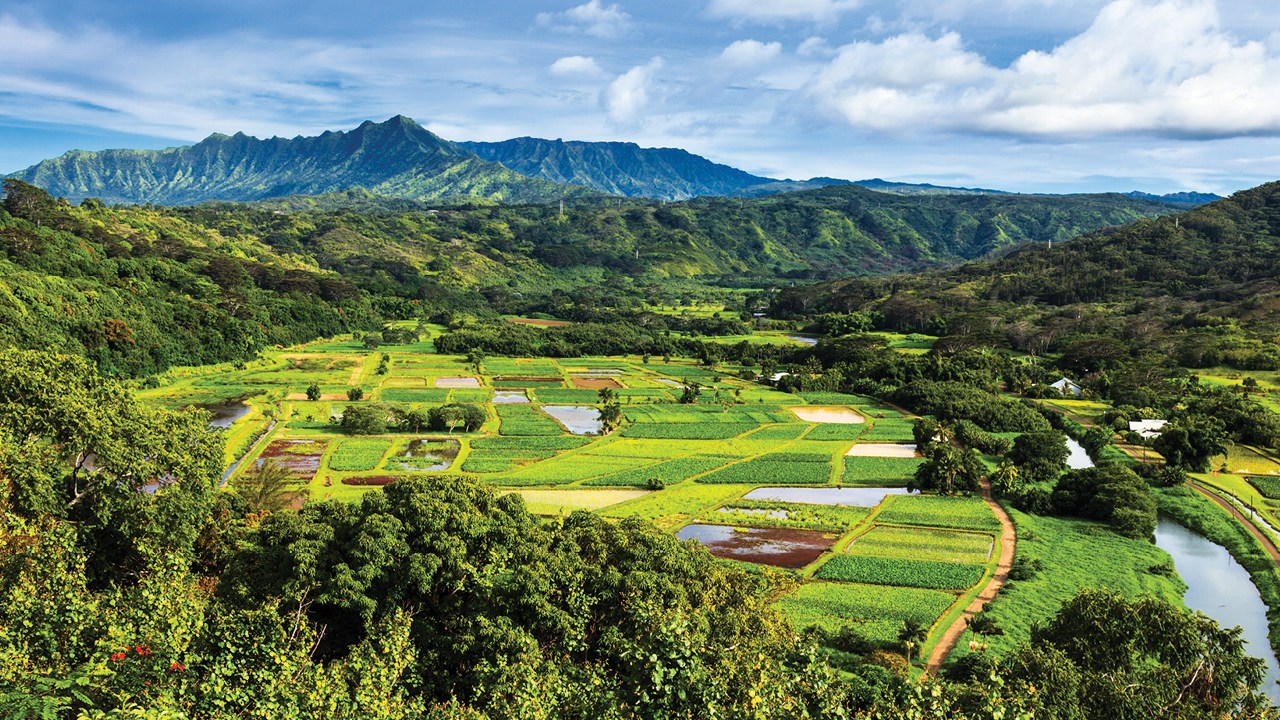
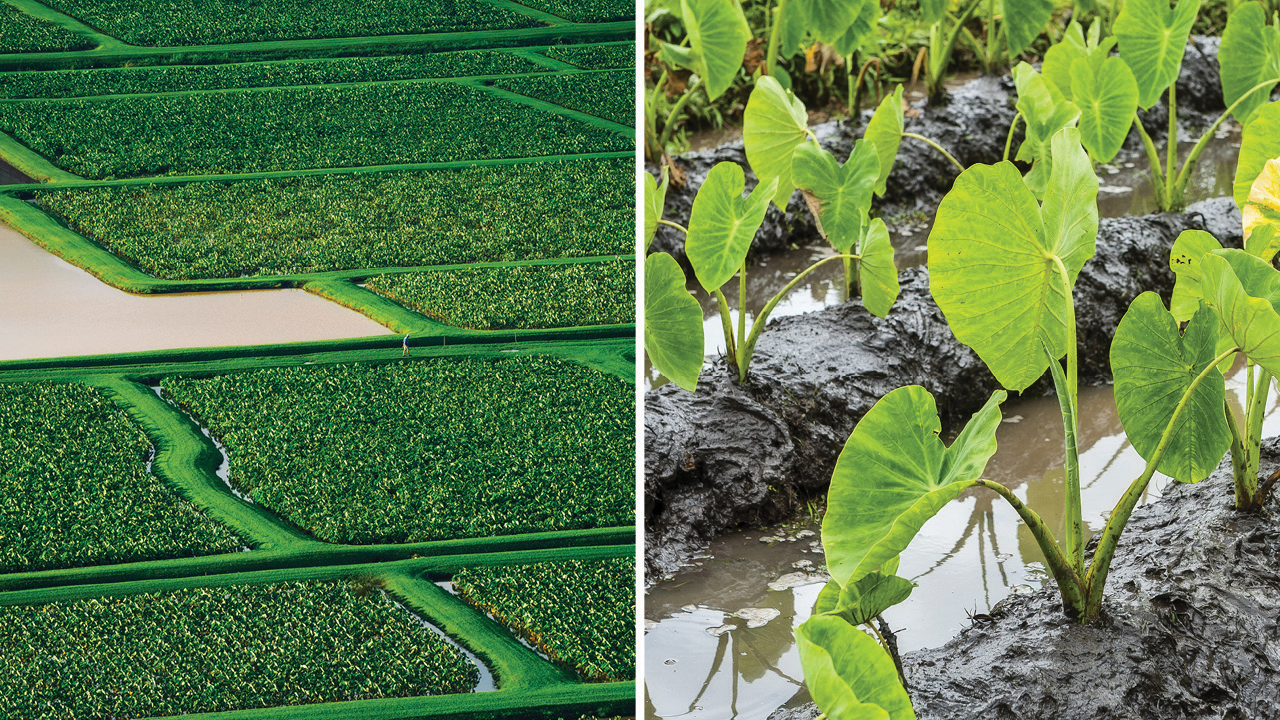
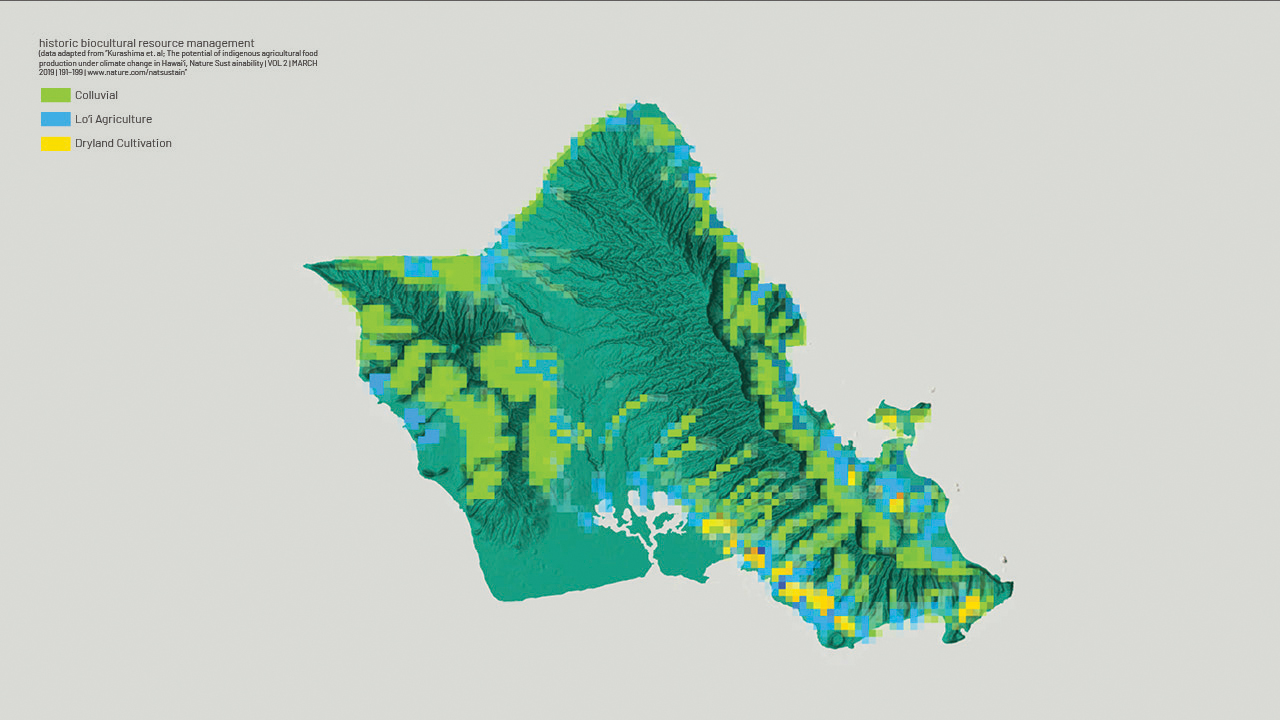

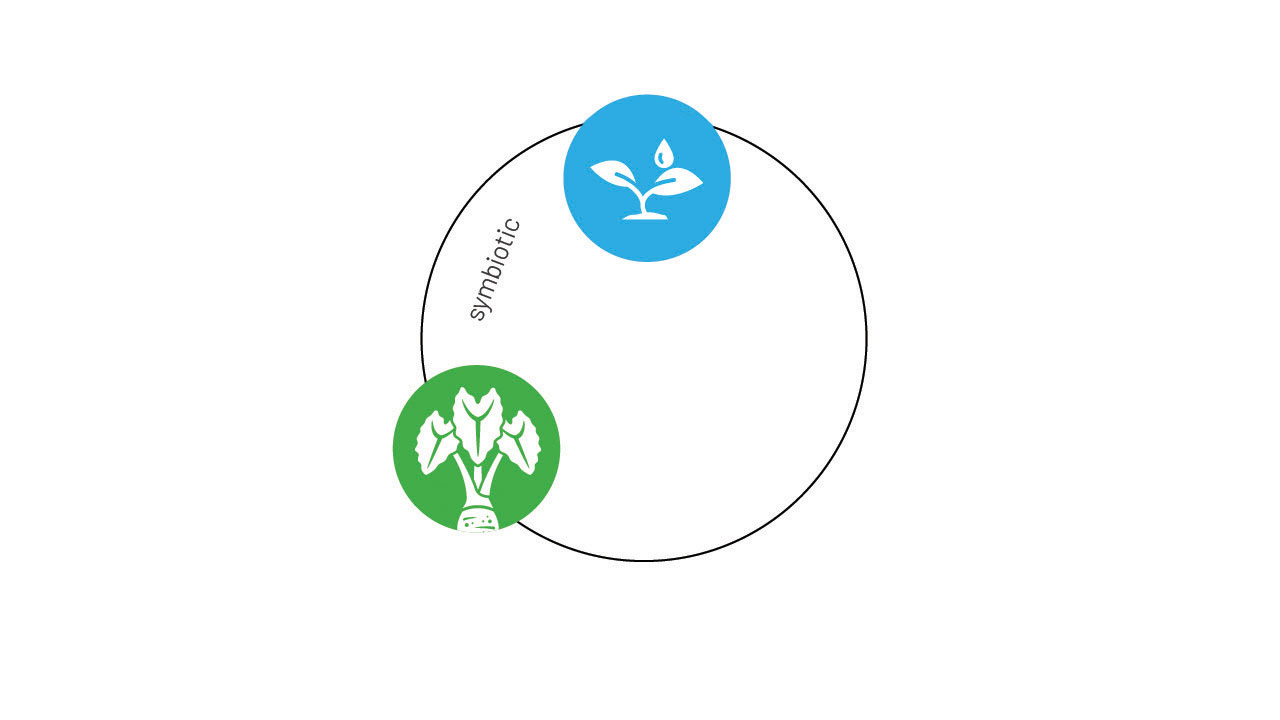




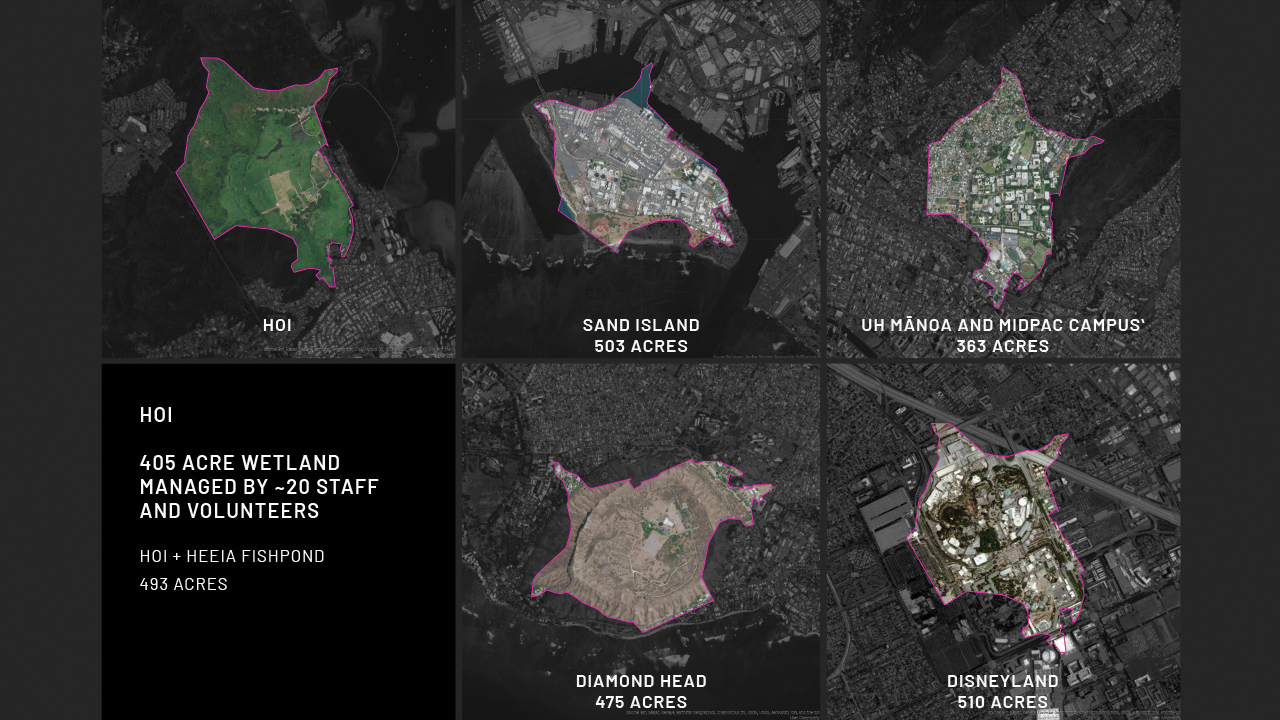
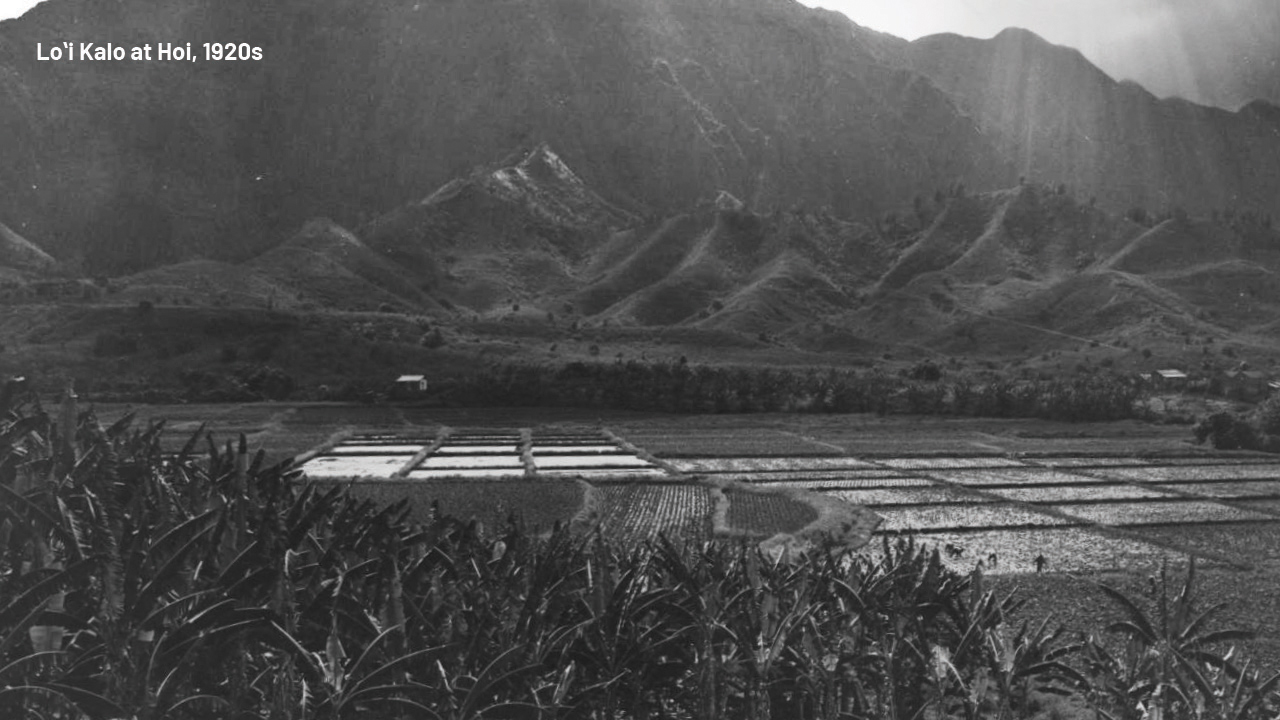

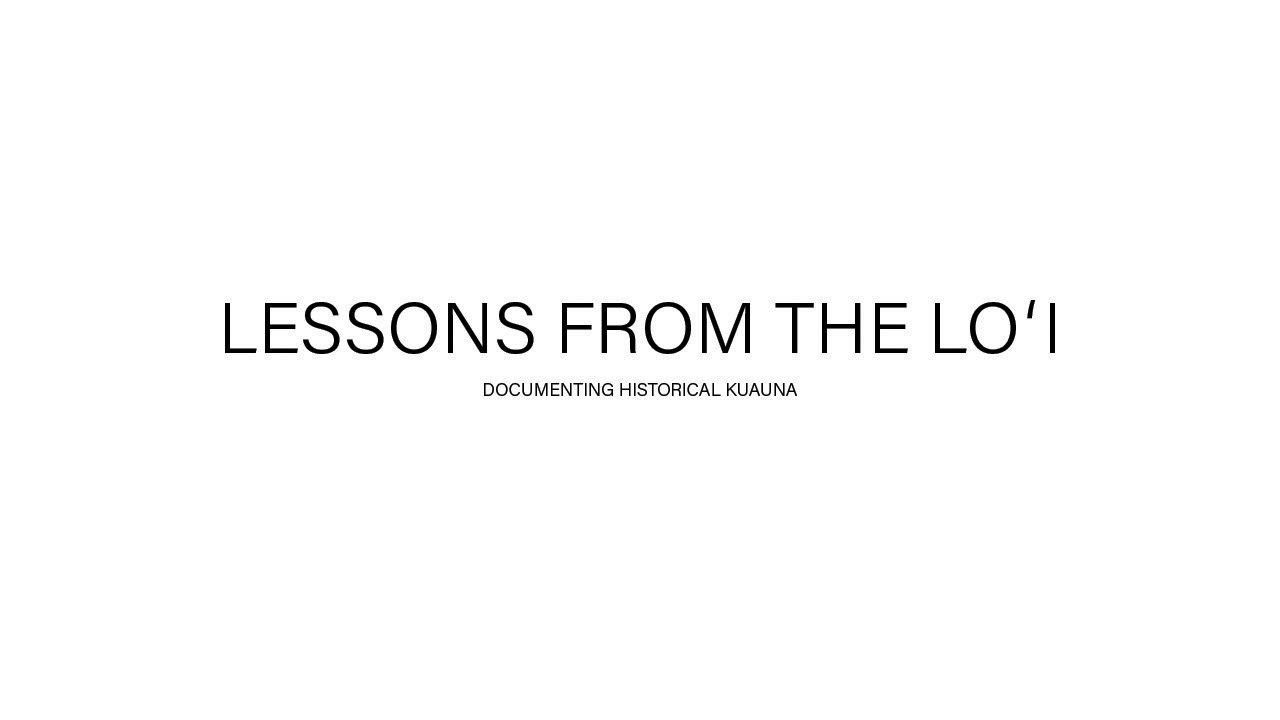

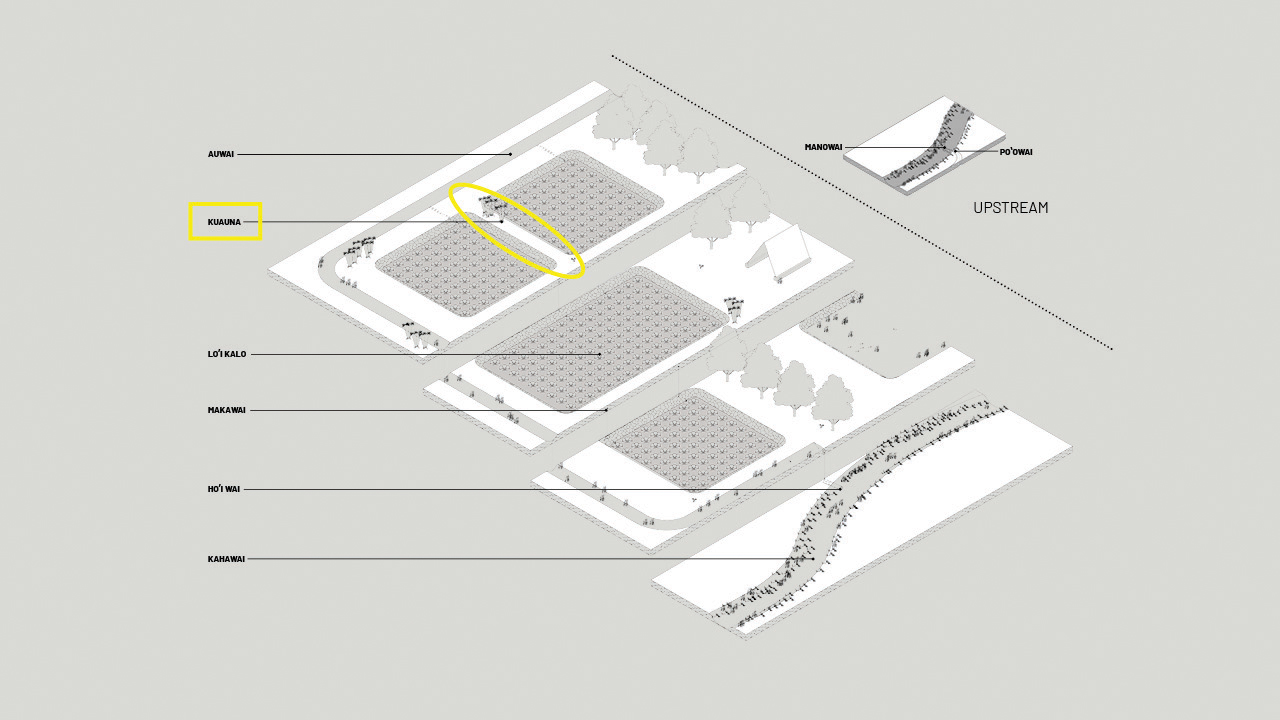

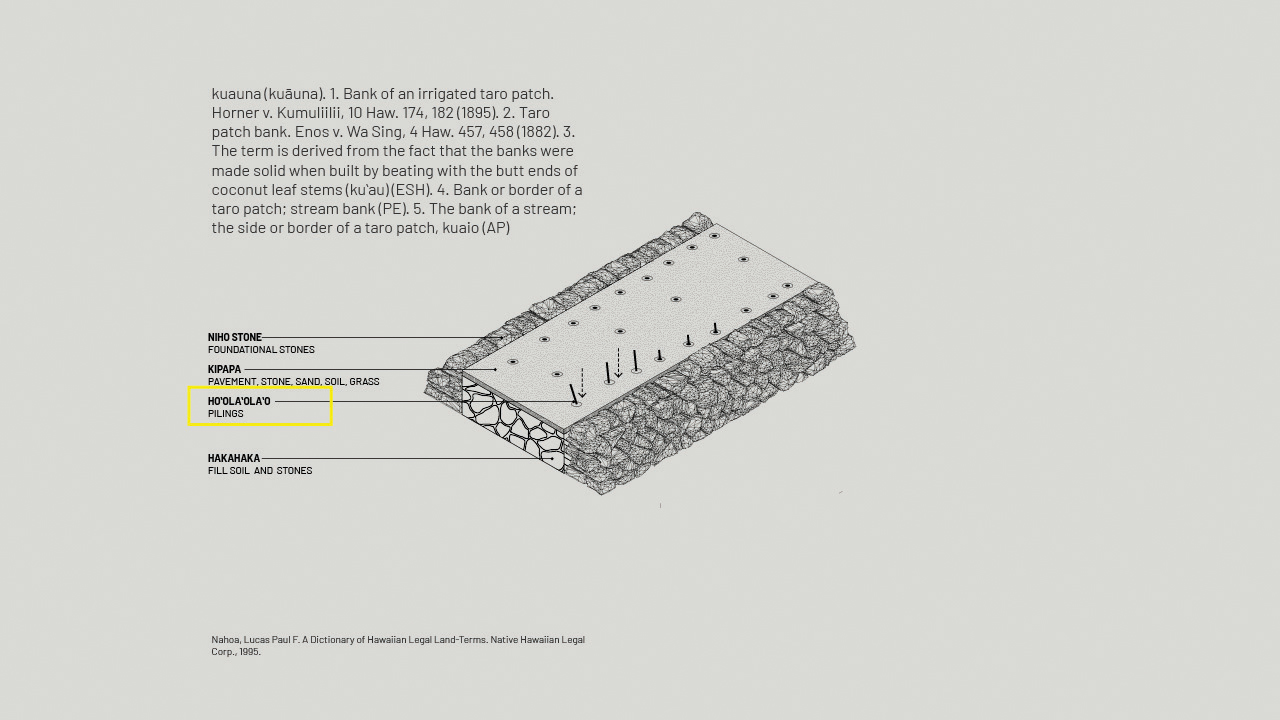


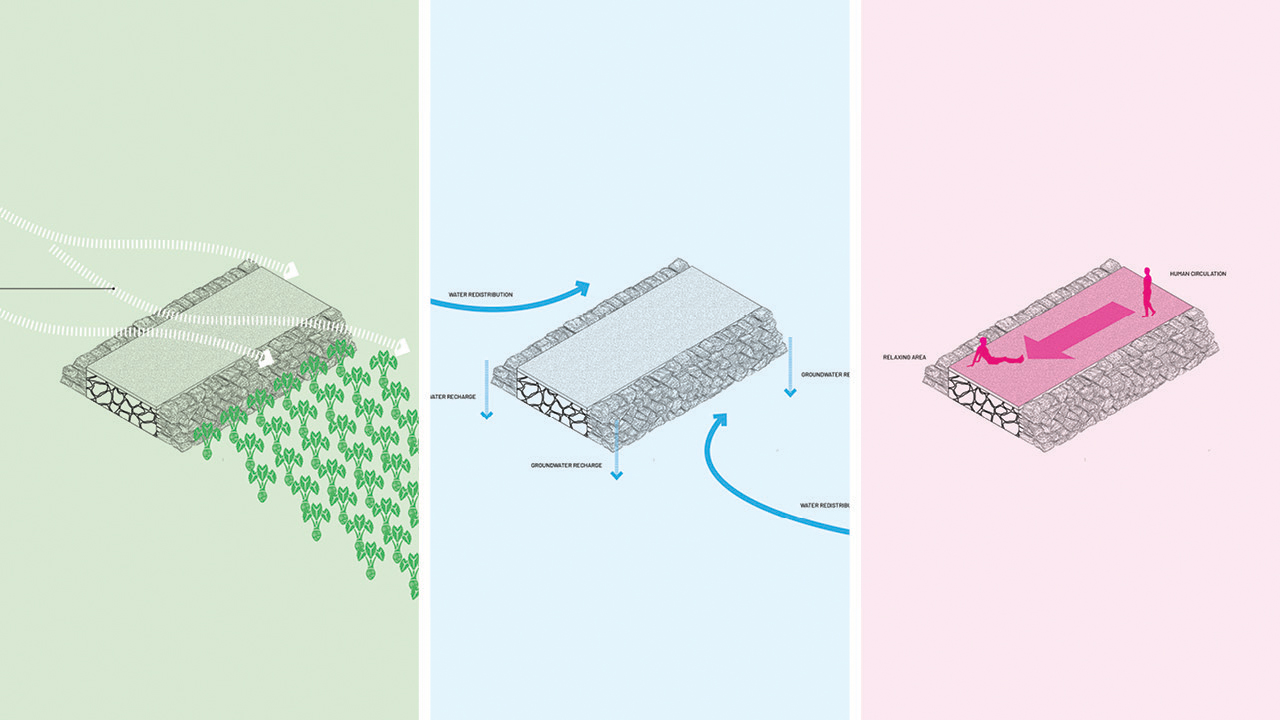



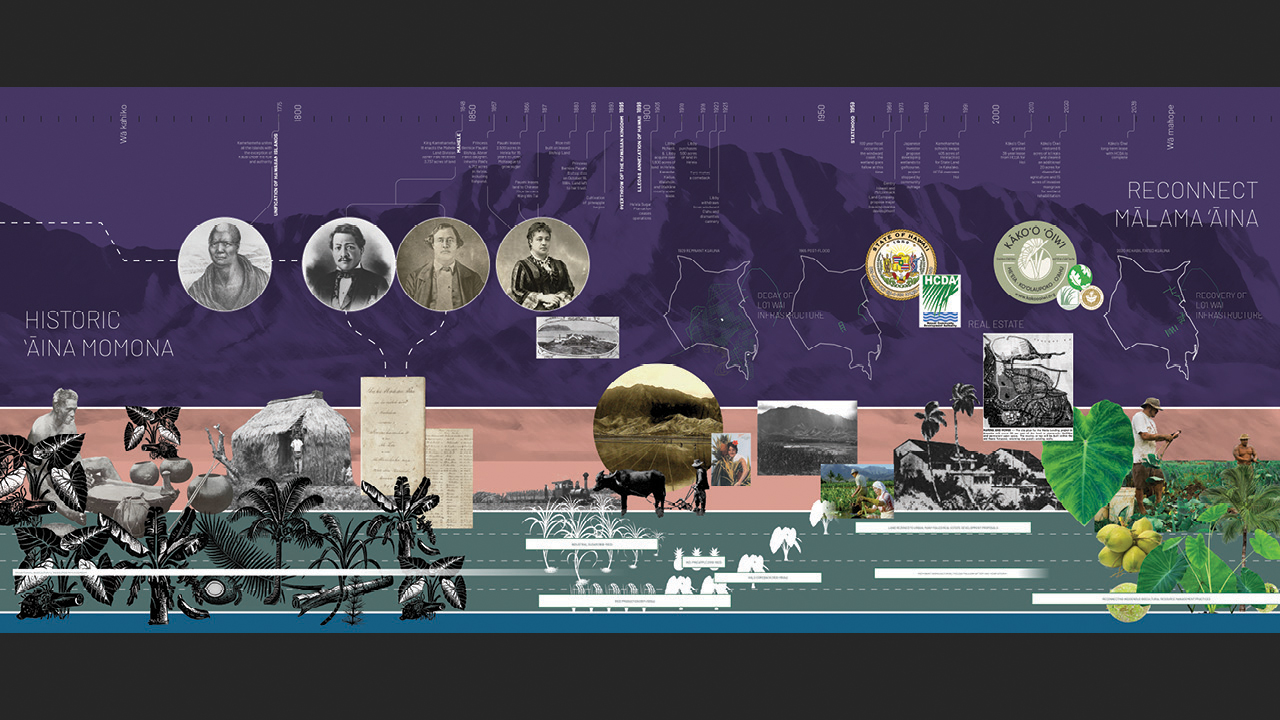



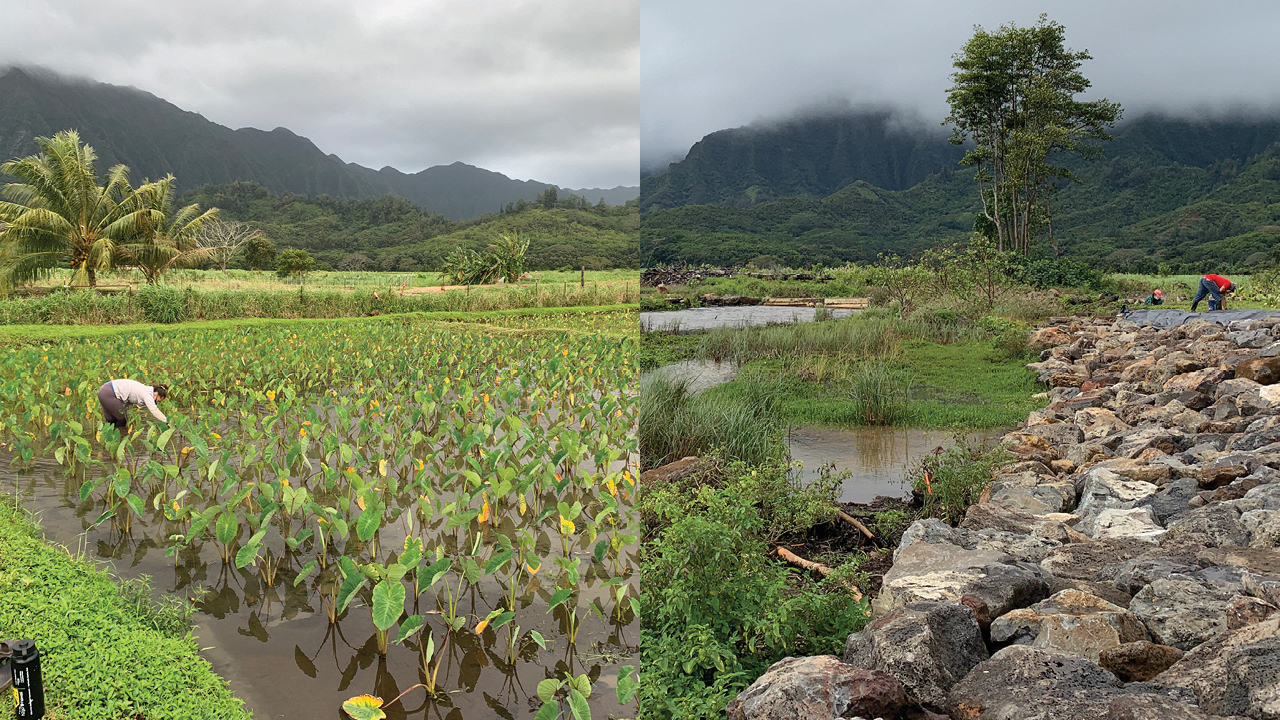


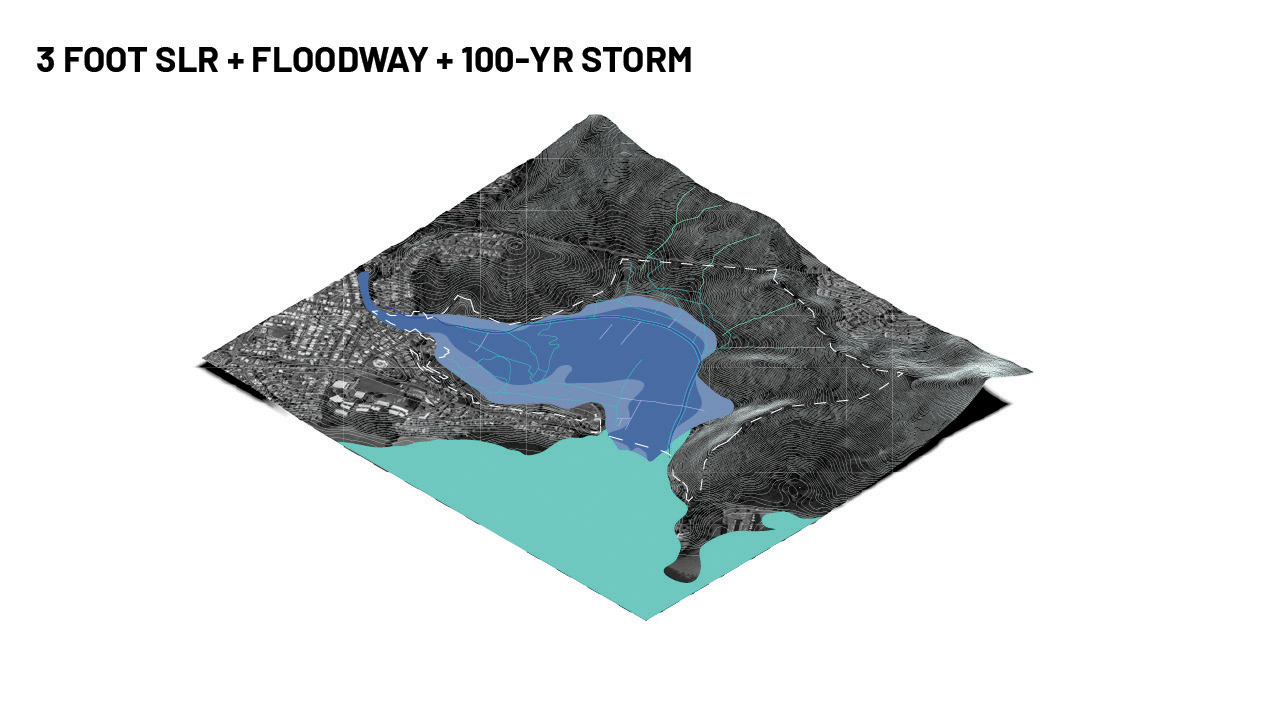

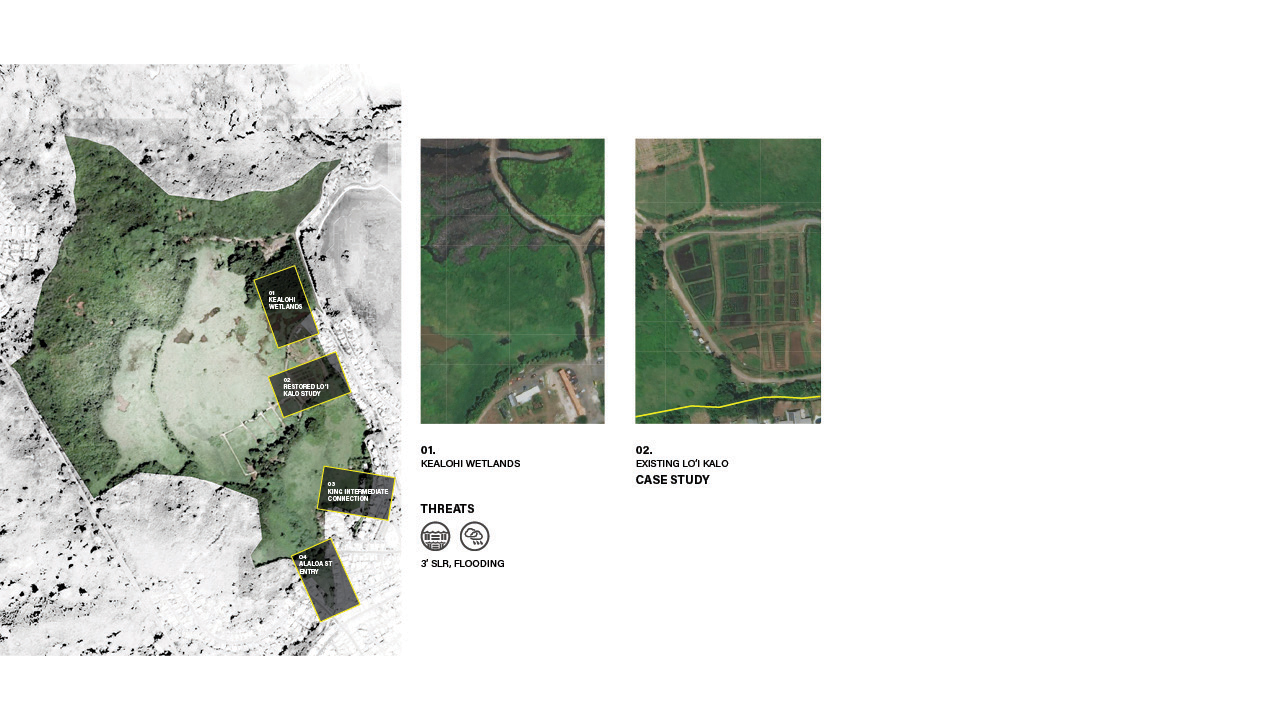



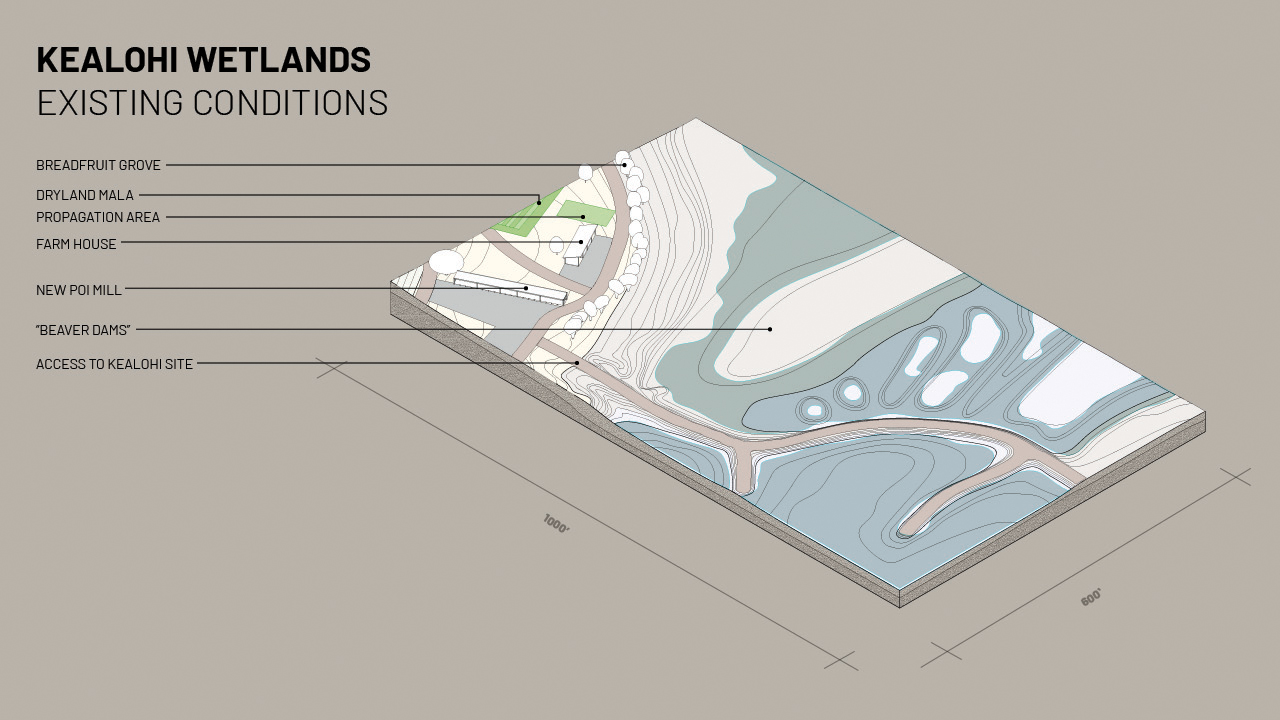
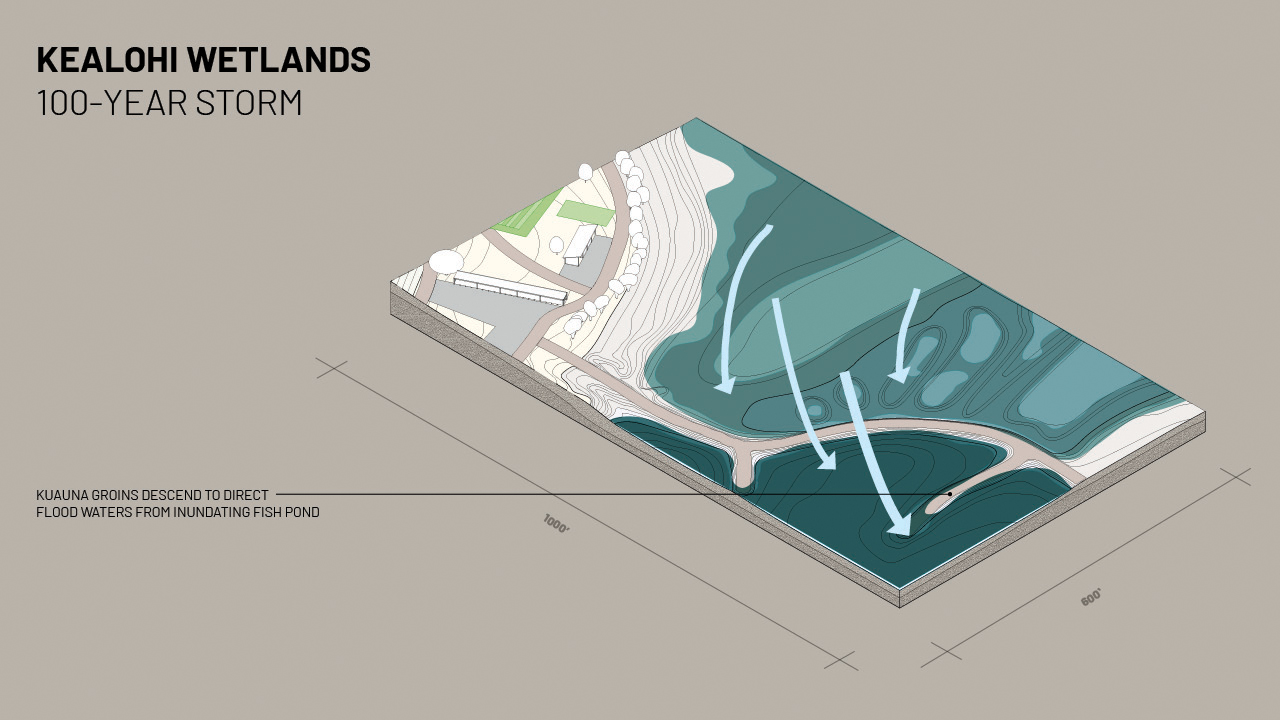

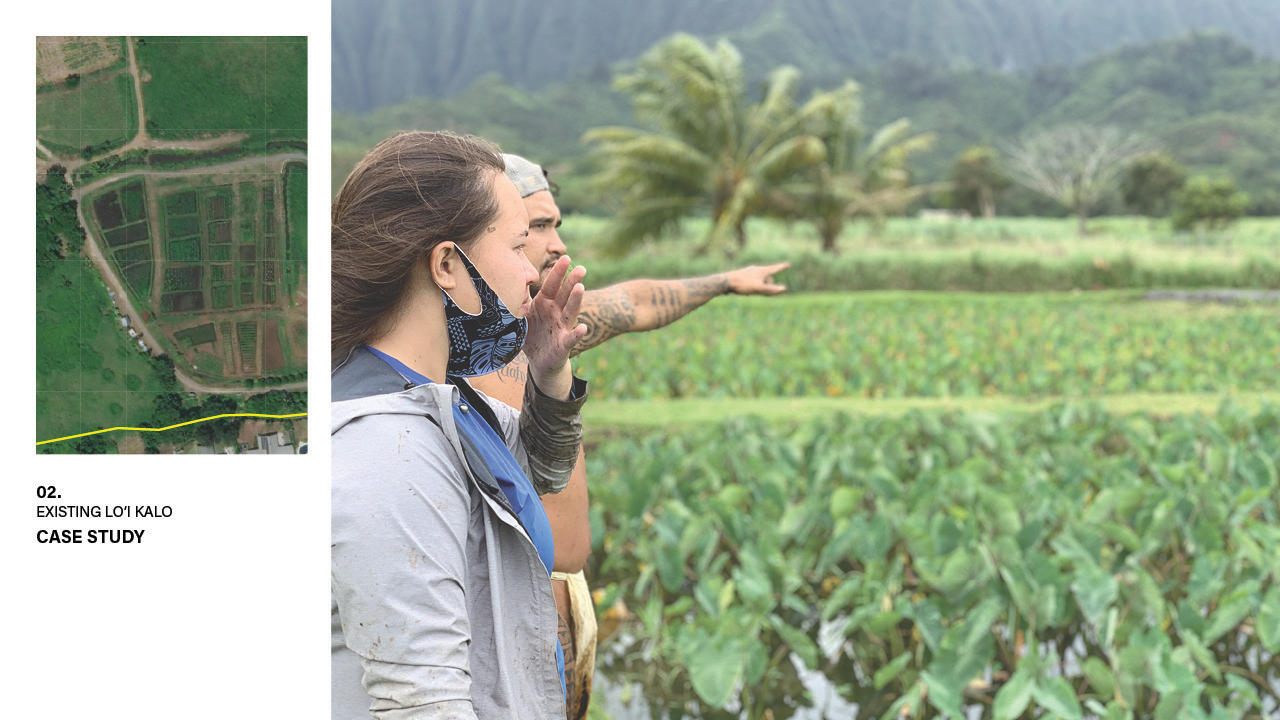

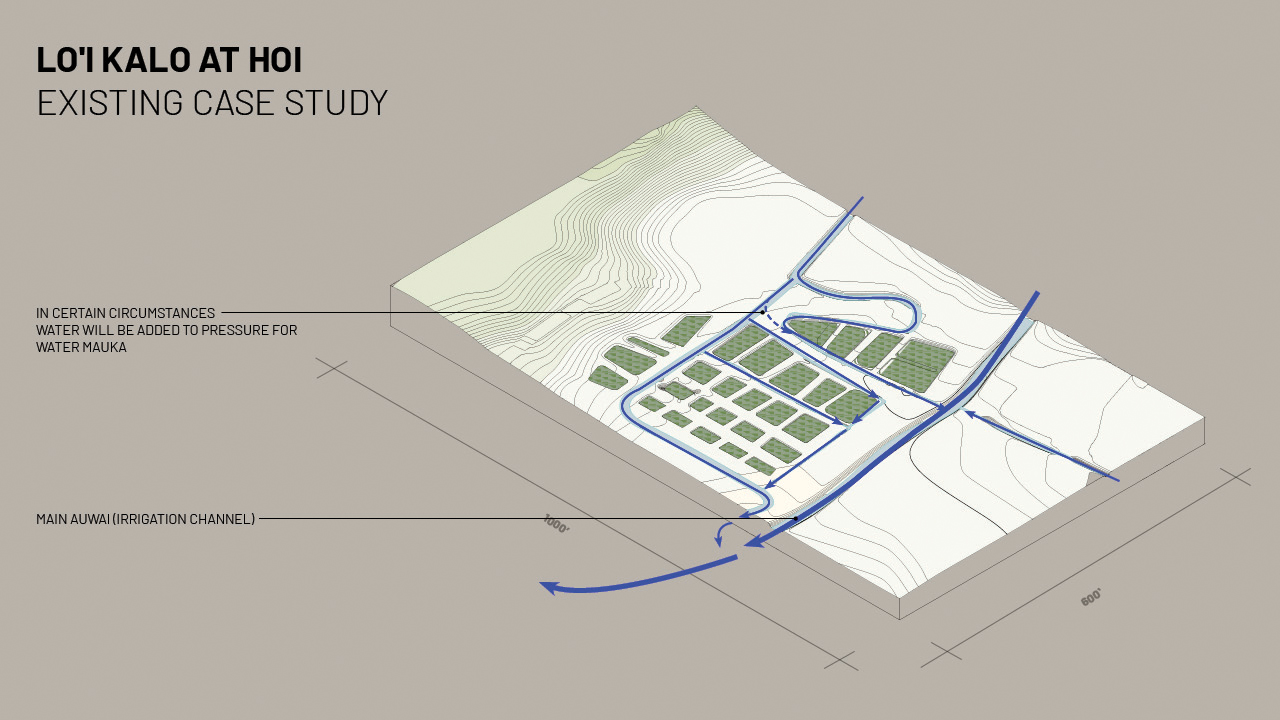
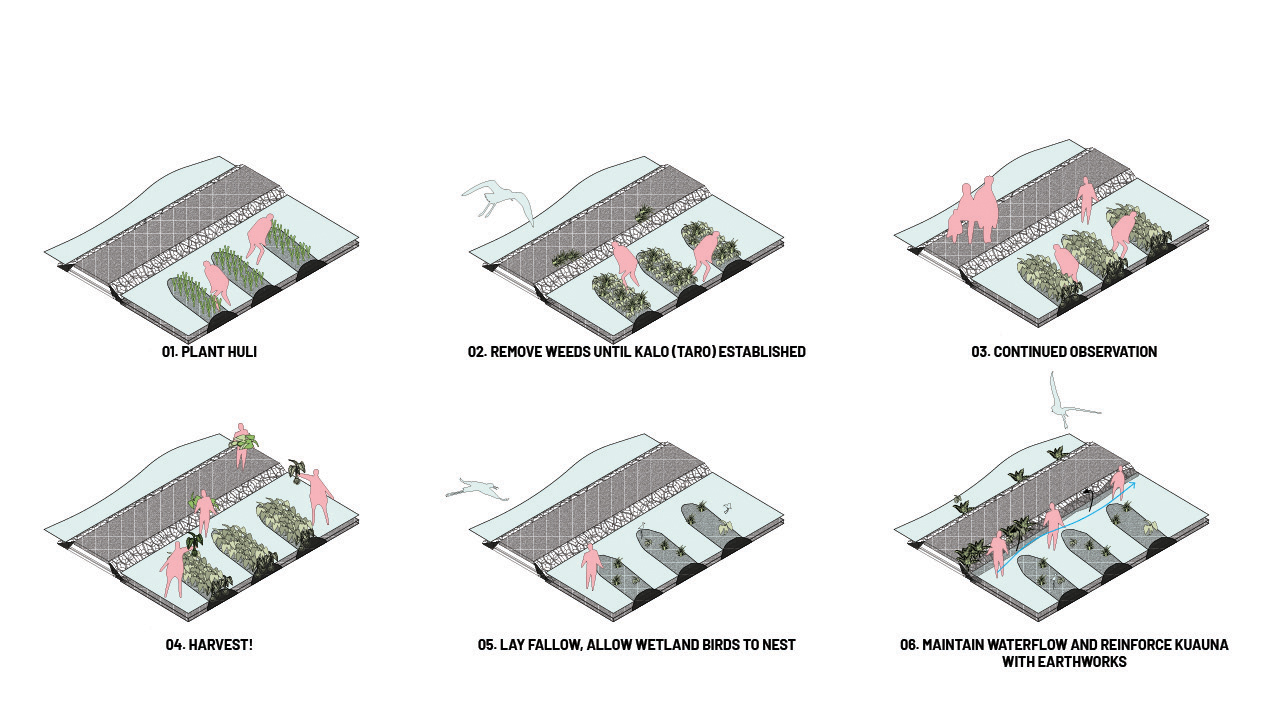

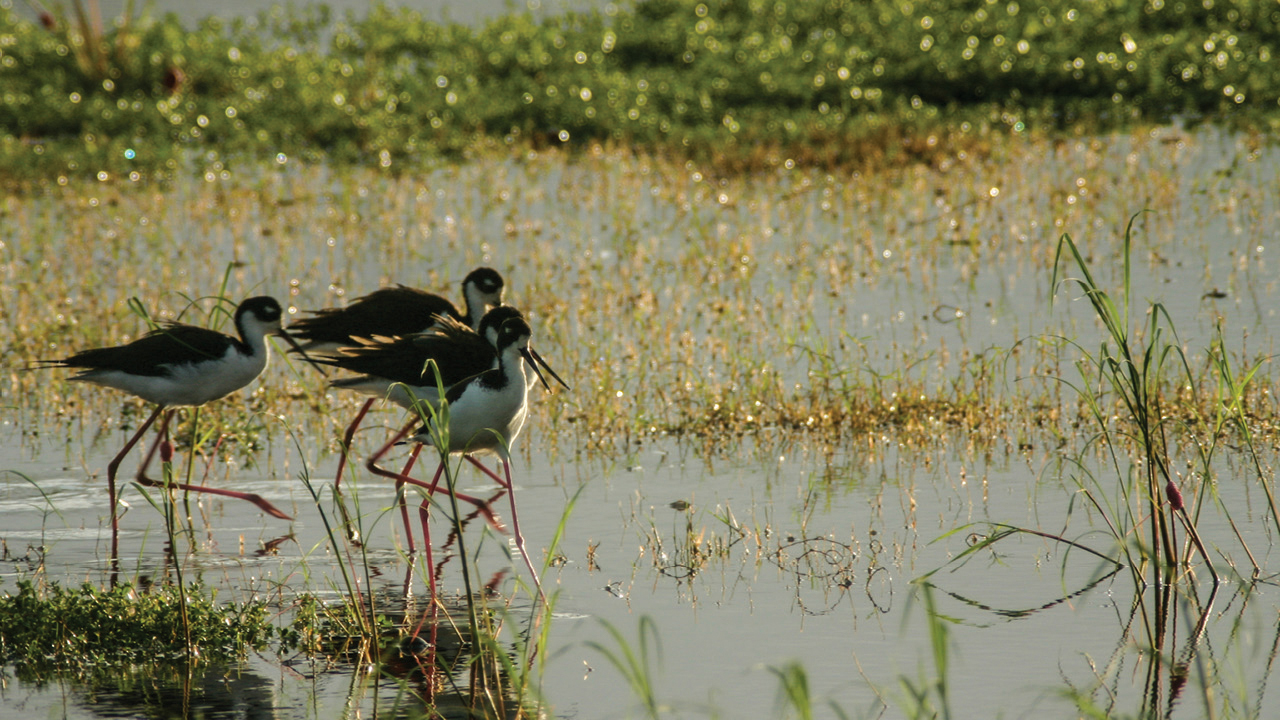

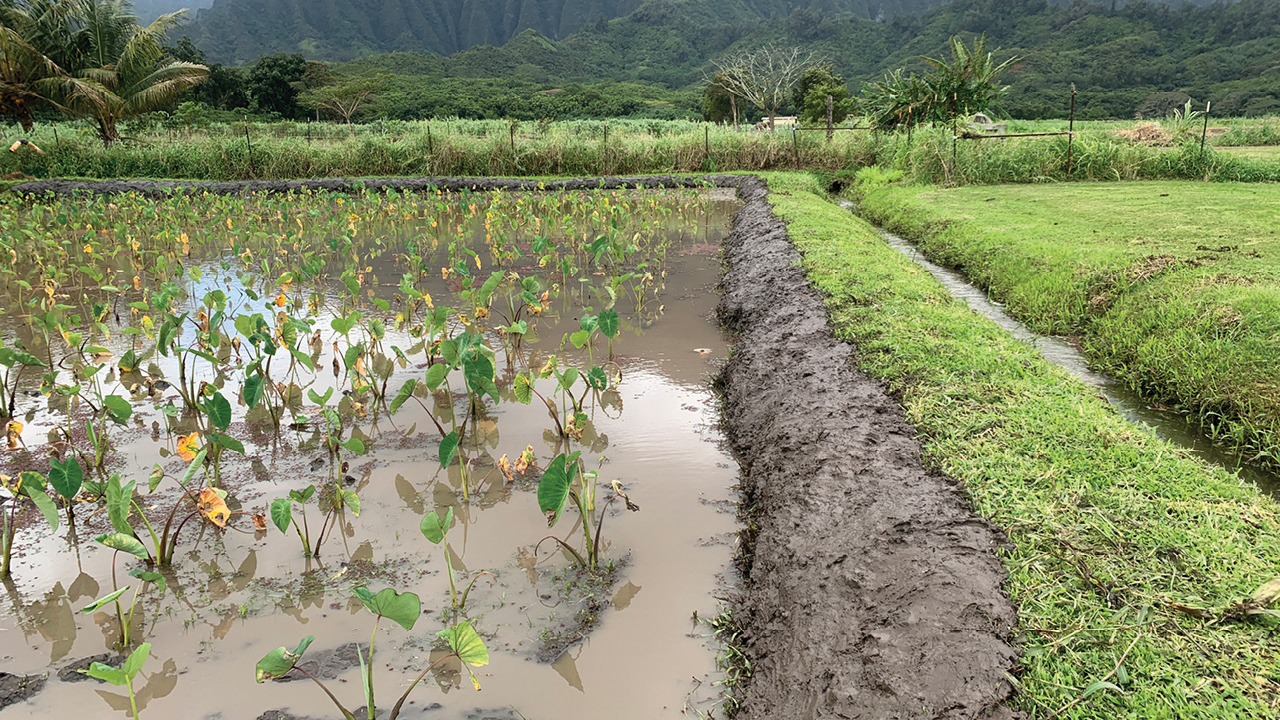
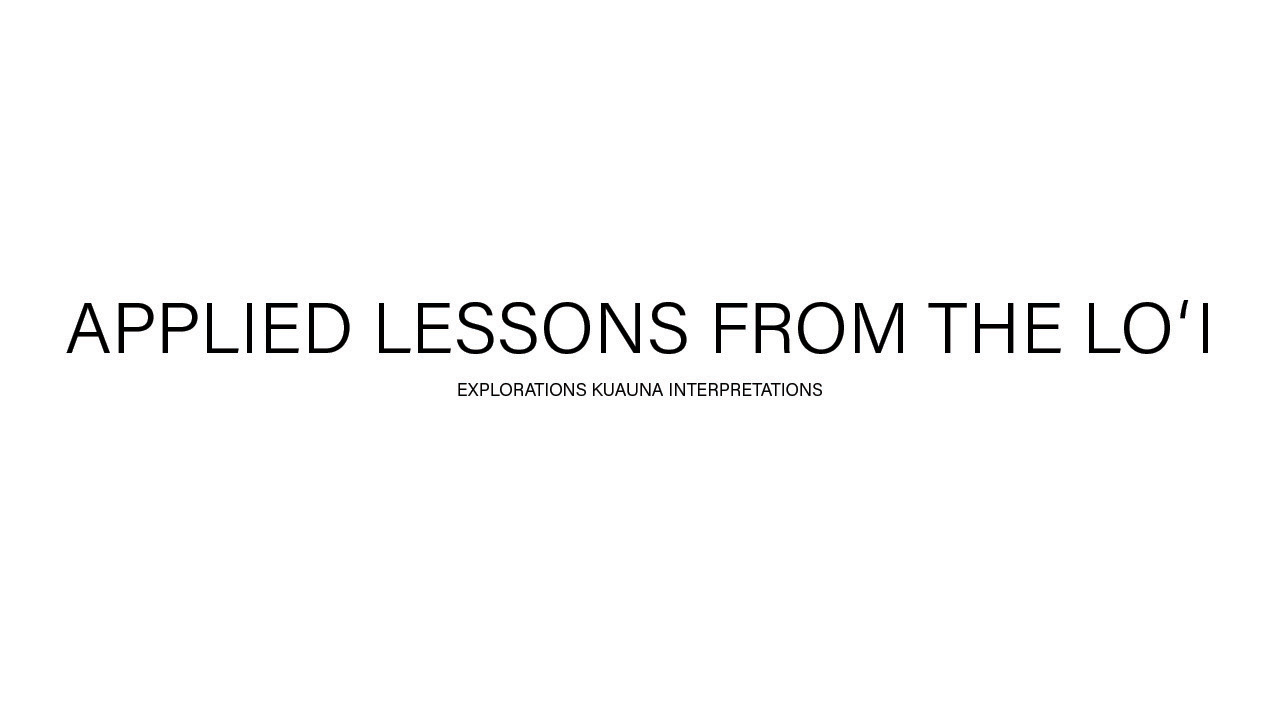




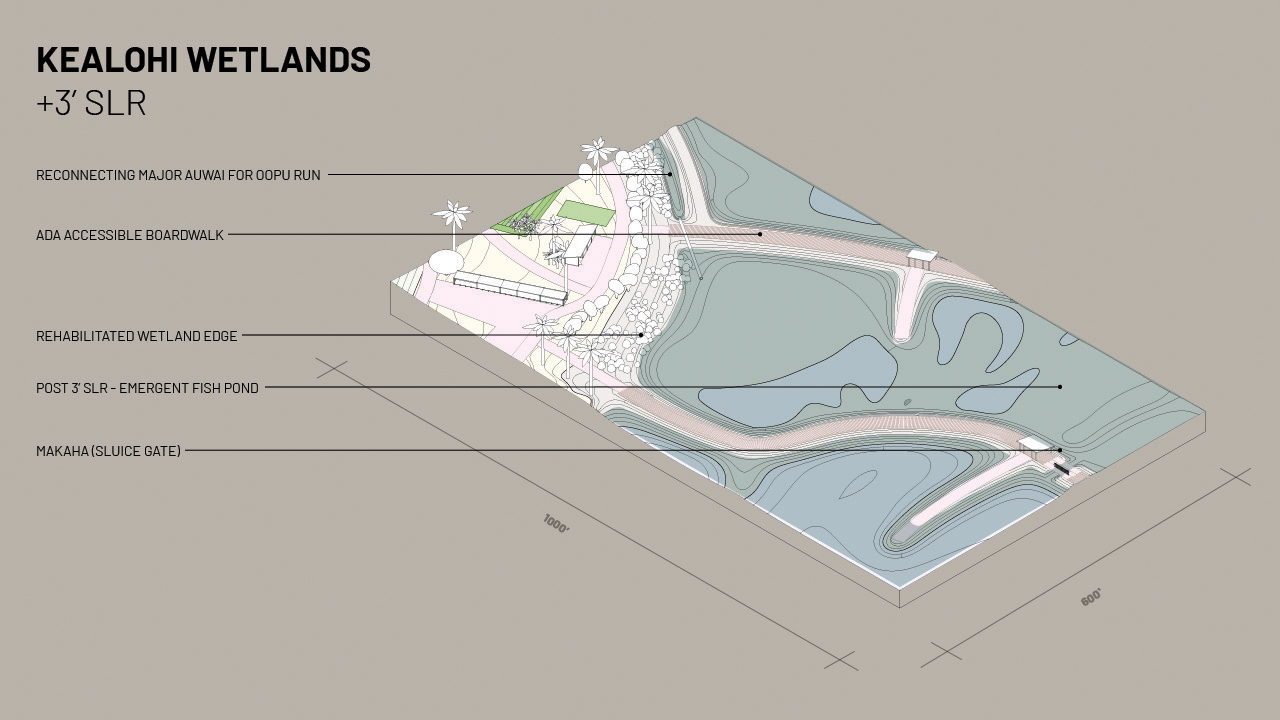


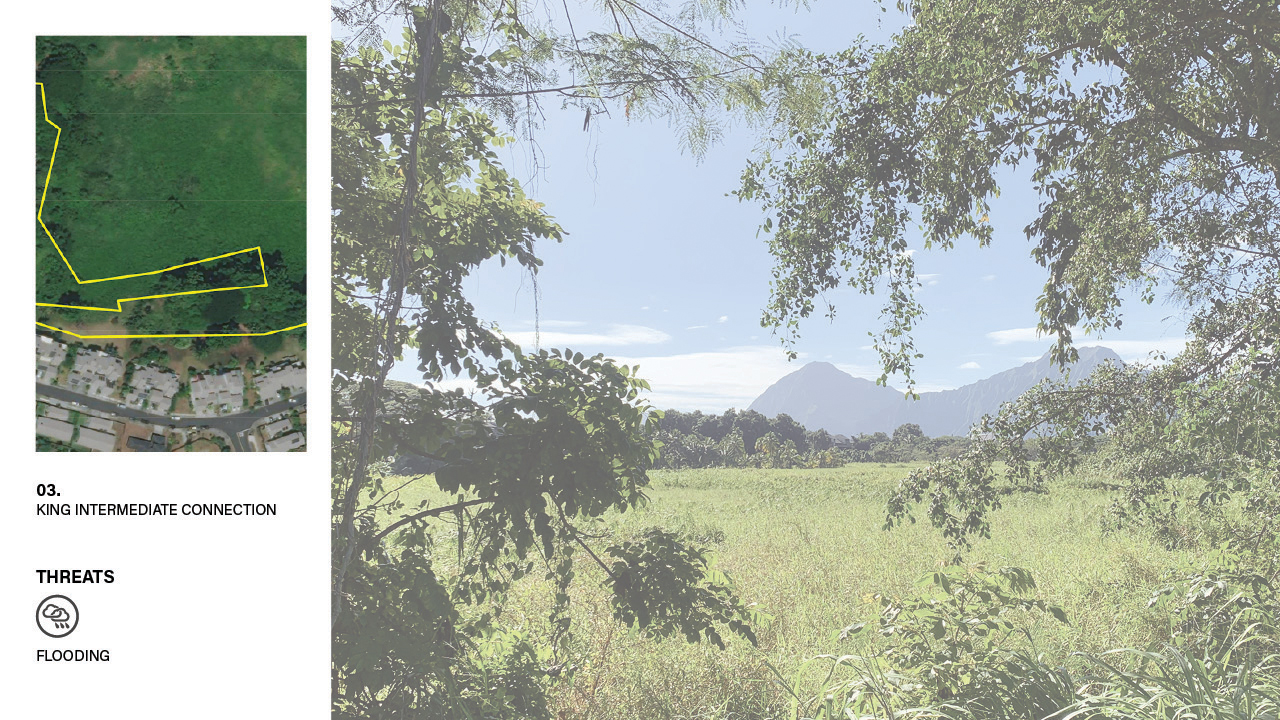

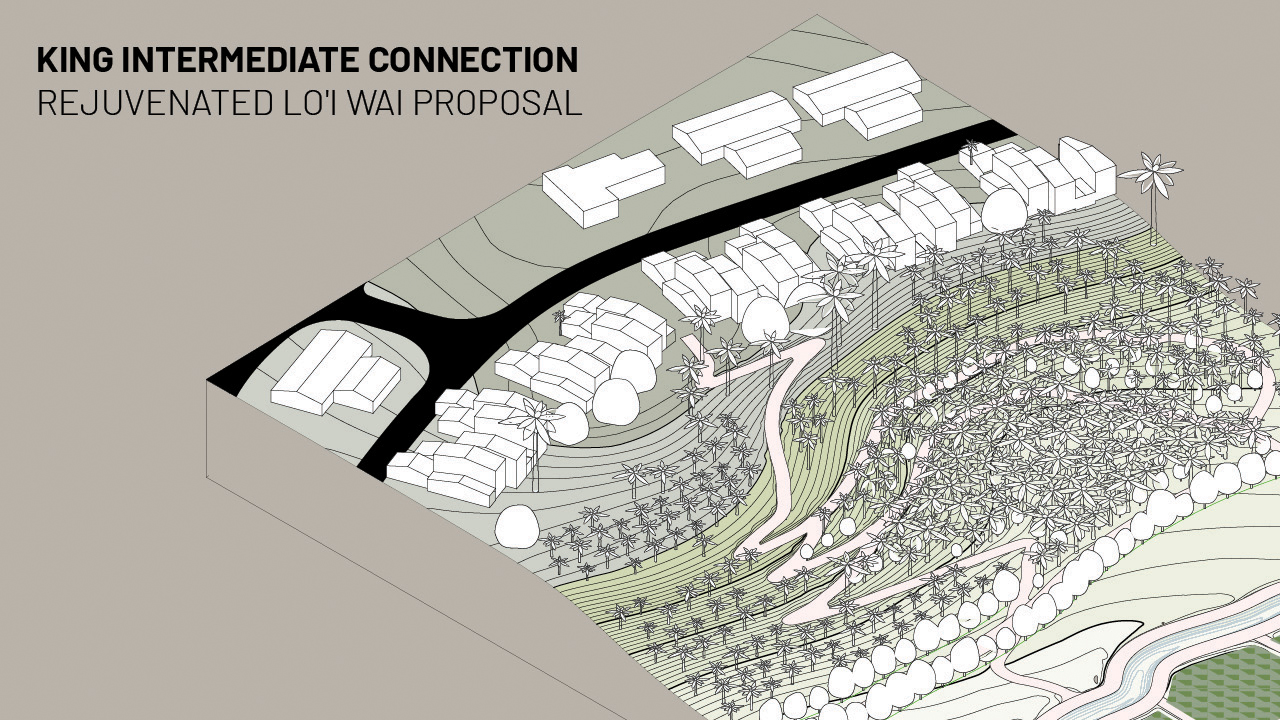


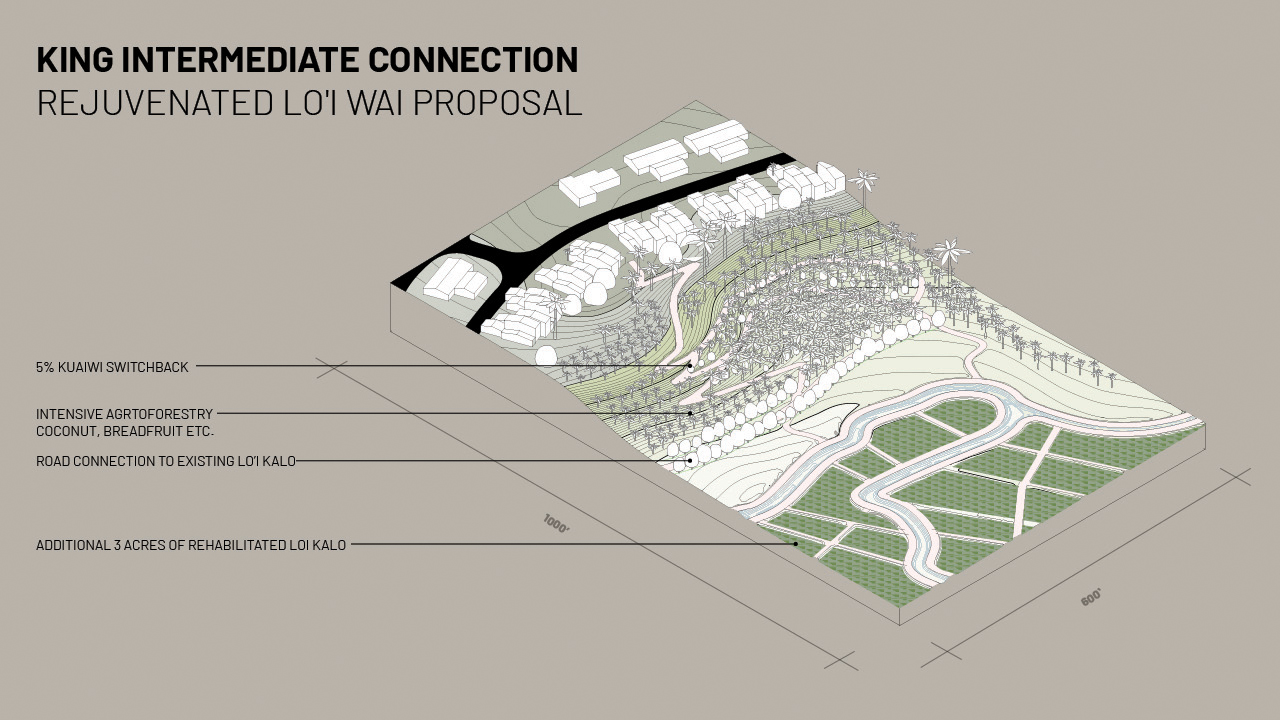


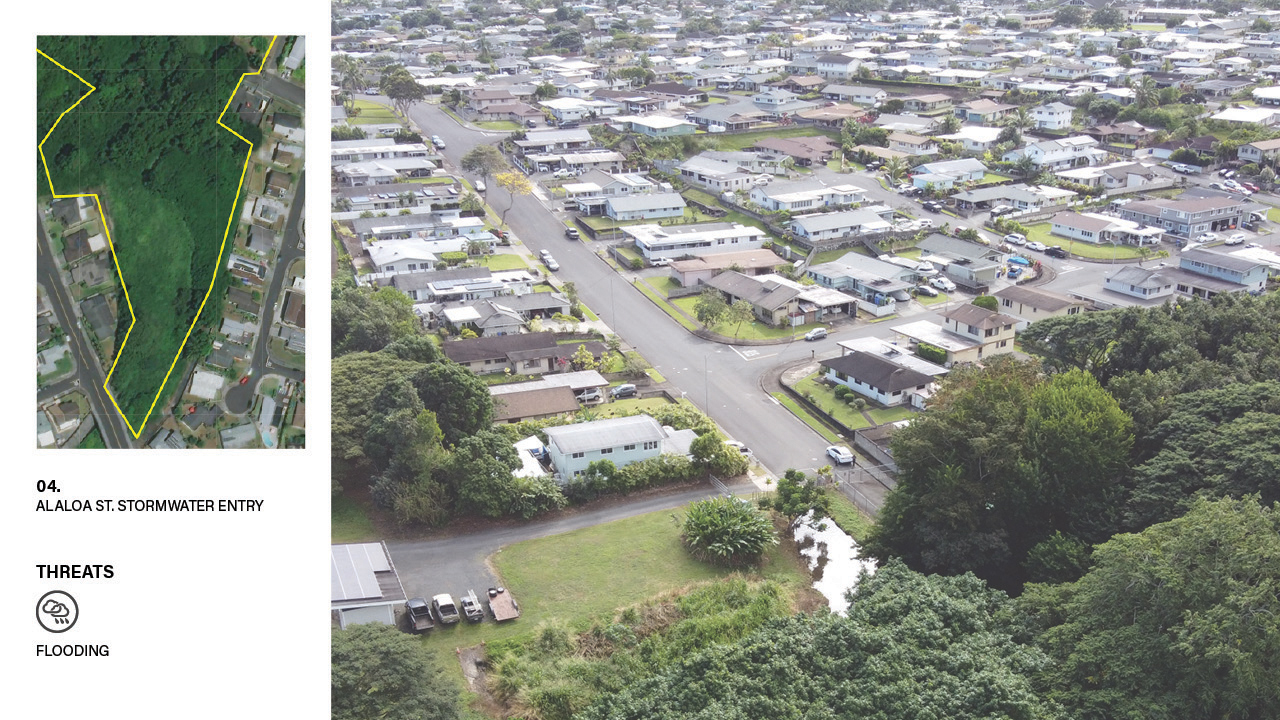
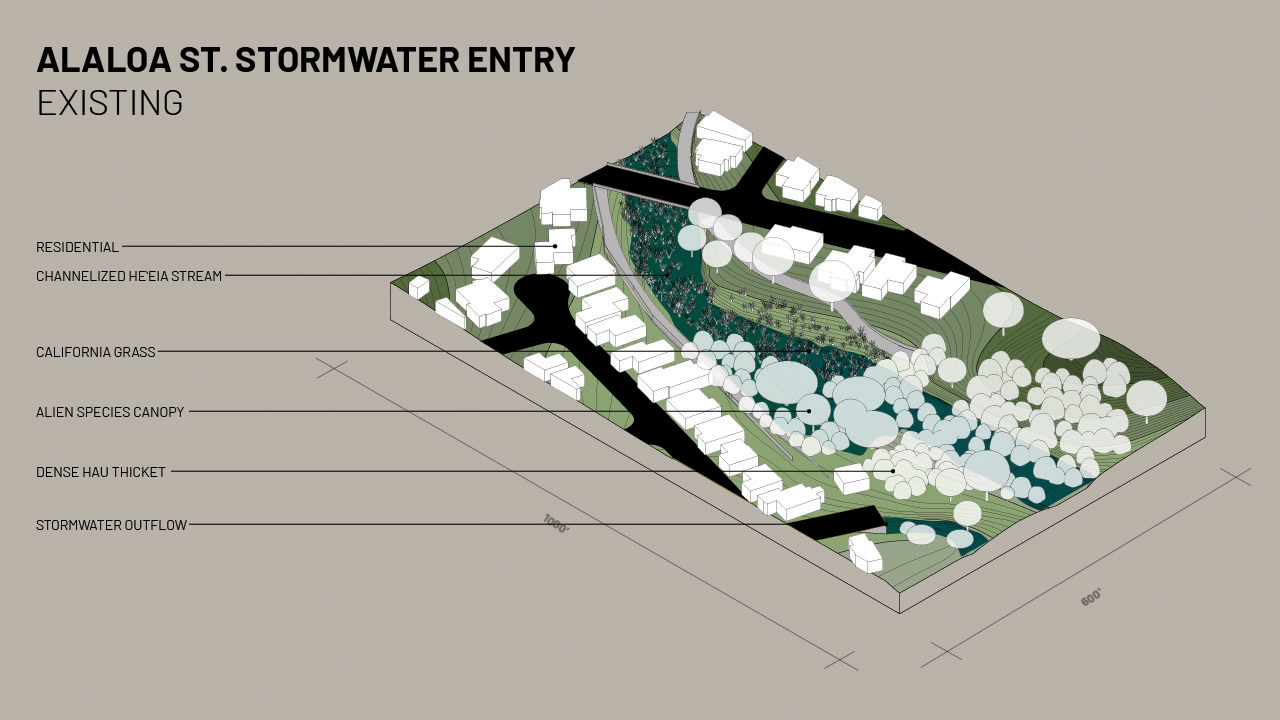




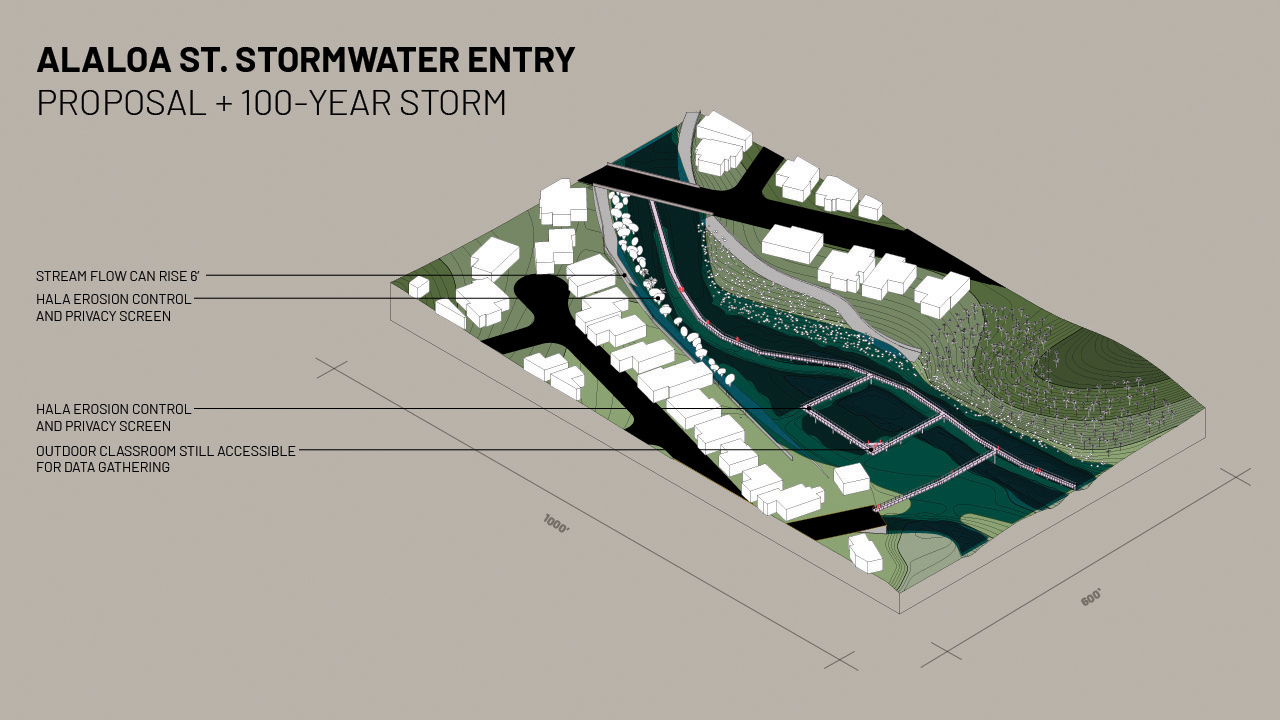




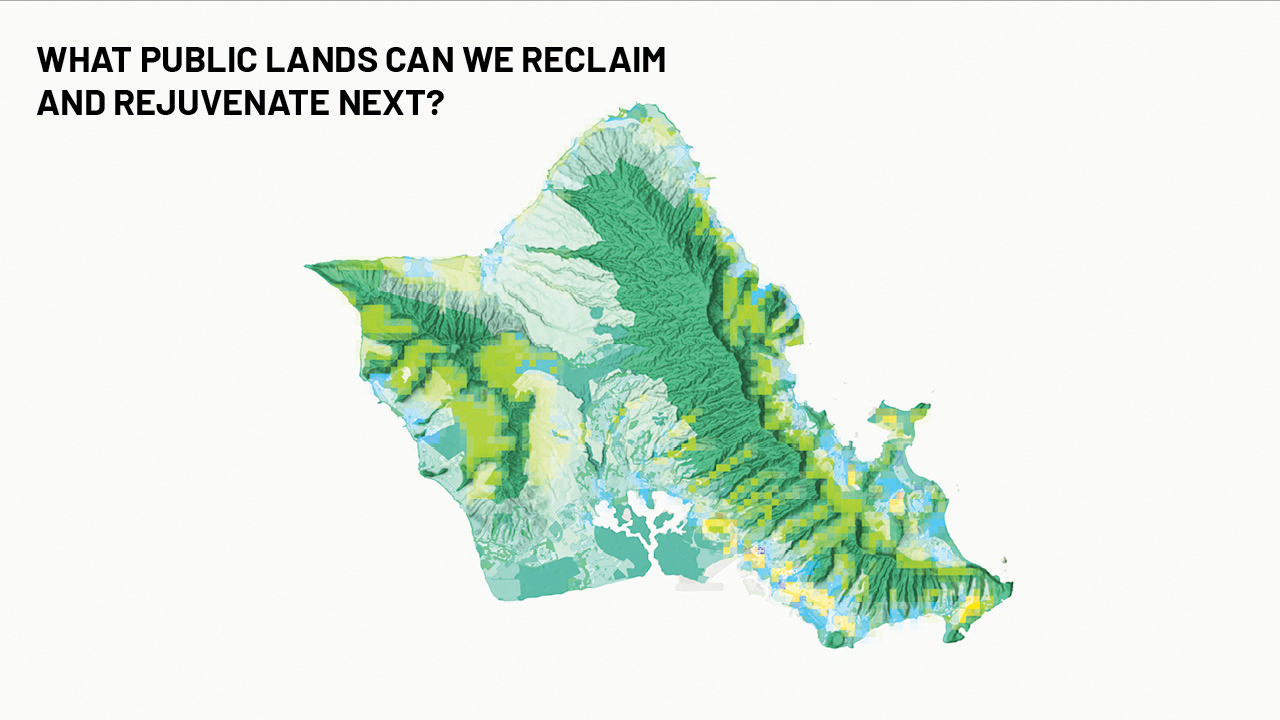
More Projects ︎